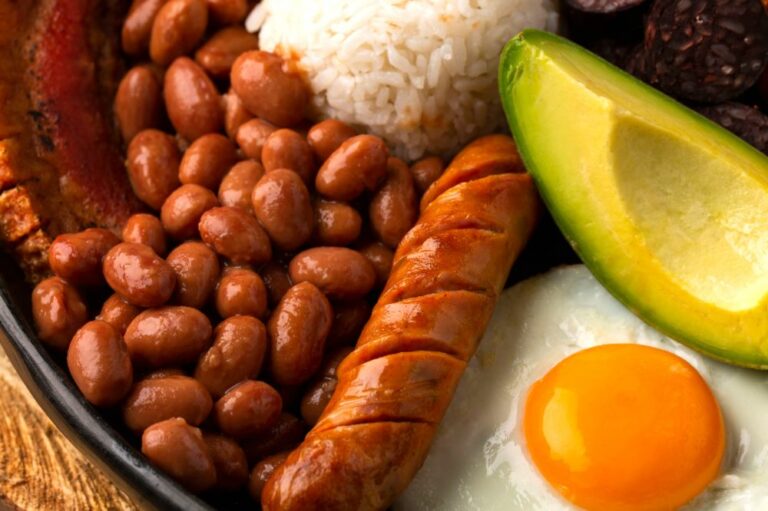Introduction: The Fusion of Cultures in Colombian Cuisine
Colombian cuisine is a melting pot of various cultures. The country’s diverse landscape and history contribute to the unique flavors and ingredients found in Colombian dishes. Indigenous and Afro-Colombian cultures have played a significant role in shaping the country’s cuisine. These cultures have influenced the ingredients used, cooking techniques, and spices that make Colombian food rich and flavorful.
The Influence of Indigenous Cultures on Colombian Dishes
Indigenous cultures in Colombia have a deep connection to the land, and their cuisine reflects this relationship. Indigenous ingredients commonly used in Colombian dishes include corn, yuca, beans, and potatoes. These ingredients are used in various ways, from tamales to soups and stews. Indigenous cuisine also relies heavily on herbs and spices to add flavor to dishes. Achiote, cumin, and coriander are some of the most commonly used spices in indigenous cooking.
Corn: The Staple Food of Indigenous Cuisine
Corn is a staple food in indigenous cuisine, and it’s used in many Colombian dishes, including arepas, tamales, and chicha. Chicha is a fermented corn drink that has been a part of indigenous culture for centuries. It’s believed to have spiritual and healing properties and is often used in religious ceremonies. Corn is also used to make a popular Colombian snack called “mazorca,” which is a grilled corn cob served with salt and butter.
Plantains: An Afro-Colombian Contribution to Colombian Cuisine
Plantains are a staple in Afro-Colombian cuisine and have become an essential ingredient in Colombian dishes. Plantains are similar to bananas but are typically larger and have a firmer texture. They can be boiled, fried, or baked and are used as a side dish or in main courses. Fried plantains, or “tostones,” are a popular snack in Colombia and are often served with traditional dishes like bandeja paisa.
The Role of Indigenous and Afro-Colombian Spices in Colombian Food
Spices are an essential part of Colombian cuisine, and indigenous and Afro-Colombian cultures have influenced the spices used in Colombian dishes. Indigenous cuisine typically uses achiote, a red-colored spice made from annatto seeds. Afro-Colombian cuisine, on the other hand, relies on ingredients like garlic, onions, and ginger to add flavor to dishes. The combination of these spices creates a unique flavor profile that is characteristic of Colombian food.
The Legacy of Indigenous and Afro-Colombian Techniques in Cooking
Indigenous and Afro-Colombian cultures have also influenced the cooking techniques used in Colombia. Indigenous communities often use a technique called “sancocho,” which involves boiling meat and vegetables in a pot to create a flavorful soup or stew. Afro-Colombians have contributed to the technique of frying food, which is now a common cooking method used in Colombian cuisine.
Traditional Indigenous and Afro-Colombian Dishes in Colombian Cuisine
Colombian cuisine is full of traditional dishes with indigenous and Afro-Colombian roots. One of the most popular dishes is “ajiaco,” a soup made with chicken, potatoes, corn, and herbs. Another traditional dish is “sancocho,” a stew made with meat, vegetables, and herbs. Afro-Colombian cuisine has also contributed to dishes like “bandeja paisa,” a hearty meal that includes meat, beans, rice, and plantains.
Conclusion: The Rich and Diverse Cultural Influences in Colombian Cuisine
Colombian cuisine is a testament to the country’s rich and diverse cultural heritage. The influence of indigenous and Afro-Colombian cultures can be seen in the ingredients used, cooking techniques applied, and spices incorporated in Colombian dishes. From the staple food of corn to the contribution of plantains, Colombian cuisine is an exciting amalgamation of different cultures that uniquely represents the country’s history and heritage.

